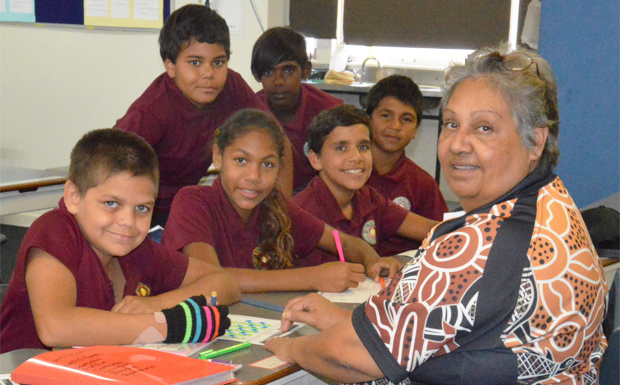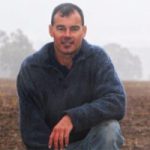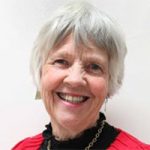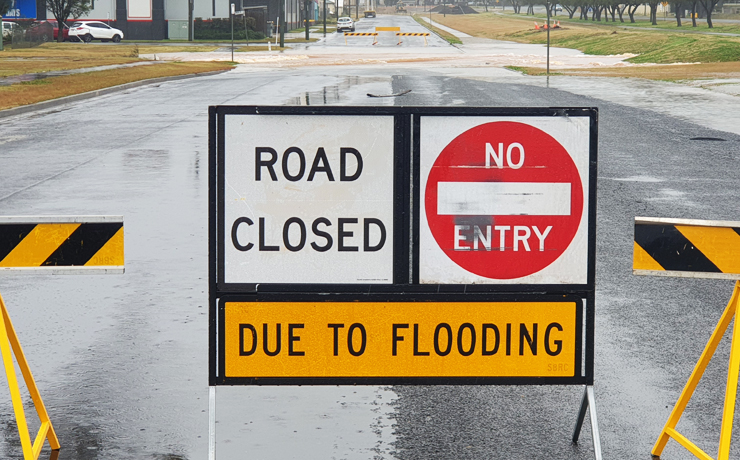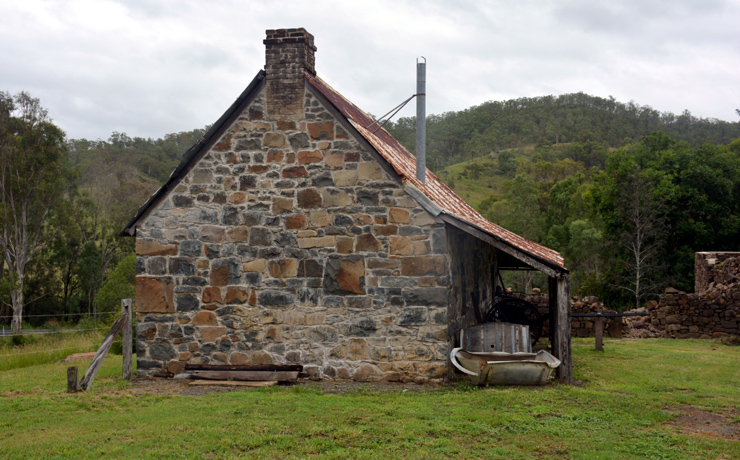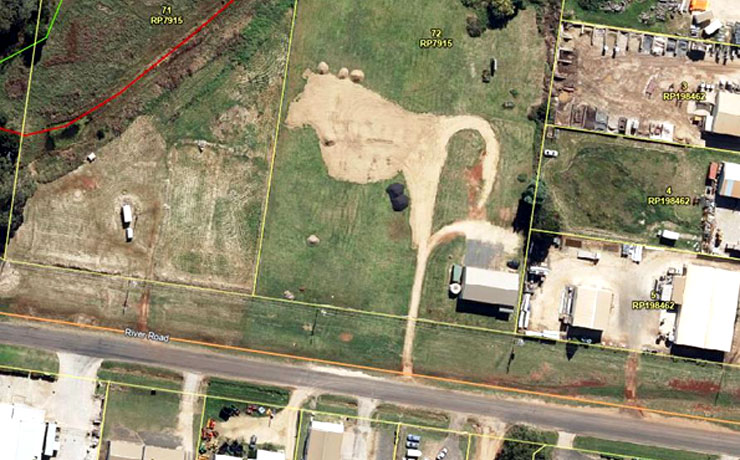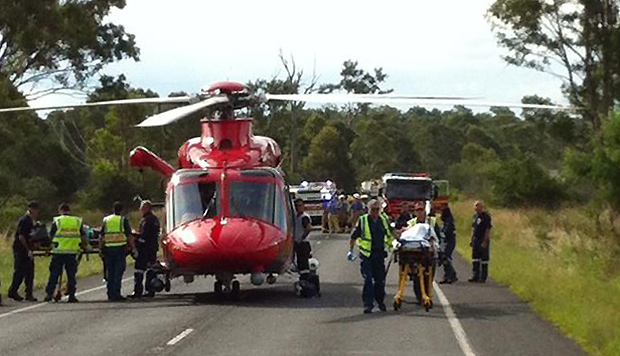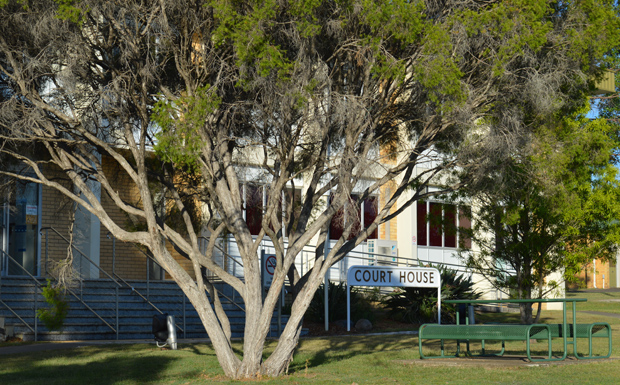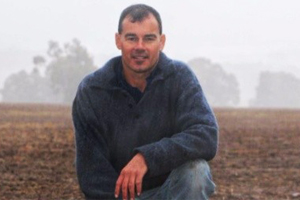March 24, 2015
A record number of Cherbourg children are graduating from Year 12 and going on to further study, university, apprenticeships and jobs.
And Indigenous student attendance rates of between 88 and 91.5 per cent are being recorded at many schools surrounding Cherbourg.
School leadership and staff are crucial to these results but Cherbourg Aboriginal Shire Council also believes its residents’ attitudes towards education have changed since it brought in a program to support the schools’ efforts to have children in class every day.
Cherbourg council CEO Warren Collins said a lot had happened since it brought in the Parental and Community Engagement (PaCE) program to the town.
“We’re getting great reports from school principals in regards to the progress of Indigenous students within the area,” Mr Collins said.
“From what we’re told parents are engaging positively with their children’s education and we have more children than ever before attending private and boarding schools.”
He said the last Census showed Cherbourg had 1300 people of which half were under the age of 19.
Cherbourg State School has about 170 students, with the remainder going to Murgon High and Primary schools, St Joseph’s Catholic primary school, Moffatdale primary, St Mary’s Catholic College, Wondai P-9 and other small schools dotted around the South Burnett.
Since the PaCE program began in November 2010 it has:
- Placed parents and community members into classrooms to mentor children and make them feel culturally safe
- Run a mobile library around Cherbourg
- Provided Triple P (Positive Parenting Program) workshops and home visits
- Begun a Cherbourg Parent Support Group
- Brought a musical literacy and numeracy program to the community’s playgroup
- Gained Cherbourg-Murgon shops’ support to not serve children during school hours, unless they had their parents standing with them
- And continually put the importance of education into the minds of people from Cherbourg and surrounding districts through a communications program. This included producing Education Dreams advertisements for TV and cinemas. These were shown across Australia and helped provide attendance lifts as high as 14 and 15 per cent in other regions.
“There are many people and services doing their best to have families overcome the obstacles they face to get their children into school,” Mr Collins said.
“As a council we can communicate with these but we have total control over the PaCE program and it seems to be providing the desired results.
“We only hope we can continue to provide it for many years to come because ultimately, the only way we’re going to close the gap is by sending of our children to school every day on time.”
* * *
Queensland Education Minister Kate Jones said 2014 was the State’s best ever year for Indigenous state school student outcomes.
The 2014 Year 12 Outcomes Report released by the Queensland Curriculum and Assessment Authority shows Indigenous students in State schools recorded a 20 per cent rise in Year 12 completions, achieving an 82 per cent QCE success rate, with 57 per cent of eligible students receiving an Overall Position (OP) 1 to 15.
“Almost 1800 Indigenous students completed Year 12 in Queensland state schools, up 300 from 2013,” she said.
“The proportion of Indigenous state school students achieving a QCE rose from 72.8 per cent to 82.4 per cent, significantly reducing the gap between Indigenous and non-Indigenous QCE attainment from 14.3 per cent in 2013 to 8.3 per cent in 2014.”






